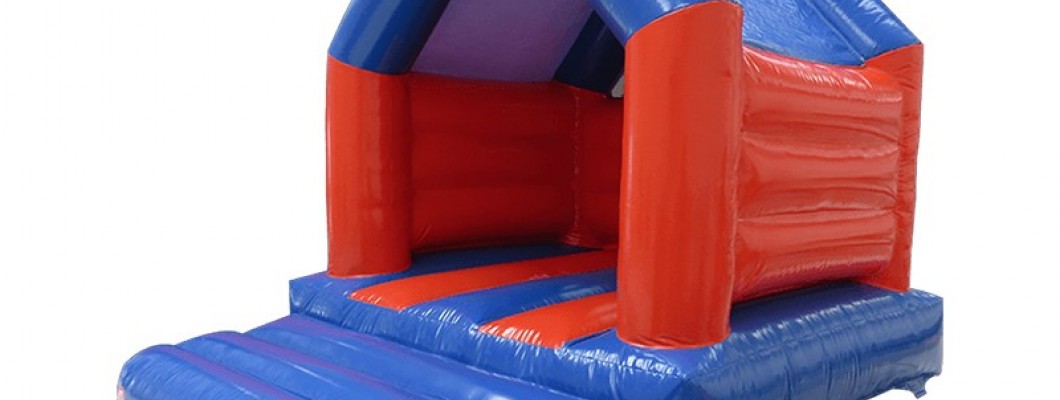
Inflatables, such as air mattresses, balloons, and inflatable toys, provide convenience and entertainment. However, it is common for these items to lose air gradually over time. This article explores the reasons behind the gradual deflation of inflatables and factors contributing to air loss.
1 Porous Material:
Most inflatables are made from materials like PVC (polyvinyl chloride) or vinyl, which are somewhat porous. Over time, tiny air molecules can escape through the microscopic gaps or pores in the material. This gradual permeation leads to a slow release of air, causing the inflatable to lose its firmness.
2 Temperature Changes:
Temperature fluctuations can impact the air pressure inside an inflatable. When exposed to warmer temperatures, the air inside expands, increasing the pressure and potentially leading to air leakage. Similarly, colder temperatures can cause the air to contract, resulting in a decrease in pressure and loss of air from the inflatable.
3 Seams and Valve Imperfections:
Inflatables consist of various seams and valve mechanisms that connect different sections or allow for inflation and deflation. Over time, wear and tear or imperfect sealing can occur, creating small openings or gaps where air can escape. These imperfections can be responsible for gradual air loss, especially if not properly maintained or repaired.

4 Usage and Stress:
Regular usage and physical stress can contribute to air loss in inflatables. Jumping, bouncing, or placing heavy weight on an inflatable can strain the material and its seams, potentially causing small ruptures or leaks. Additionally, sharp objects or rough surfaces can puncture the inflatable, leading to more significant air loss.
5 Inadequate Inflation or Sealing:
Inflating an inflatable inadequately or failing to seal it tightly can result in air leakage. Insufficient inflation may leave gaps or creases in the material, allowing air to escape. Similarly, if the valve or closure system is not properly secured, air can slowly leak out over time.

Maintenance and Mitigation:
To minimize air loss and prolong the lifespan of inflatables, several measures can be taken:
1 Regular Inspection: Periodically check the inflatable for any signs of damage, such as punctures, leaks, or loose valves. Promptly repair or replace any faulty components.
2 Proper Inflation: Inflate the item to the recommended pressure level, ensuring it is firm but not overinflated. Follow the manufacturer's instructions for the ideal inflation procedure.
3 Storage: Store inflatables in a cool, dry place away from sharp objects or extreme temperature conditions. Avoid folding or creasing them excessively during storage, as this can strain the material.

4 Patch and Repair: Use appropriate repair kits or patches to mend small punctures or leaks promptly. Follow the instructions carefully for effective sealing.
5 Prevention: Handle inflatables with care, avoiding rough or sharp surfaces that can cause damage. Consider placing a protective layer or groundsheet beneath the inflatable during use to reduce the risk of punctures.
Inflatables losing air over time is a common occurrence due to factors such as porous materials, temperature changes, imperfect seams or valves, usage stress, and inadequate inflation or sealing. While some air loss is expected, proper maintenance, regular inspections, and timely repairs can help mitigate the issue and extend the lifespan of inflatables, allowing for continued enjoyment and reliable use.




Leave a Comment